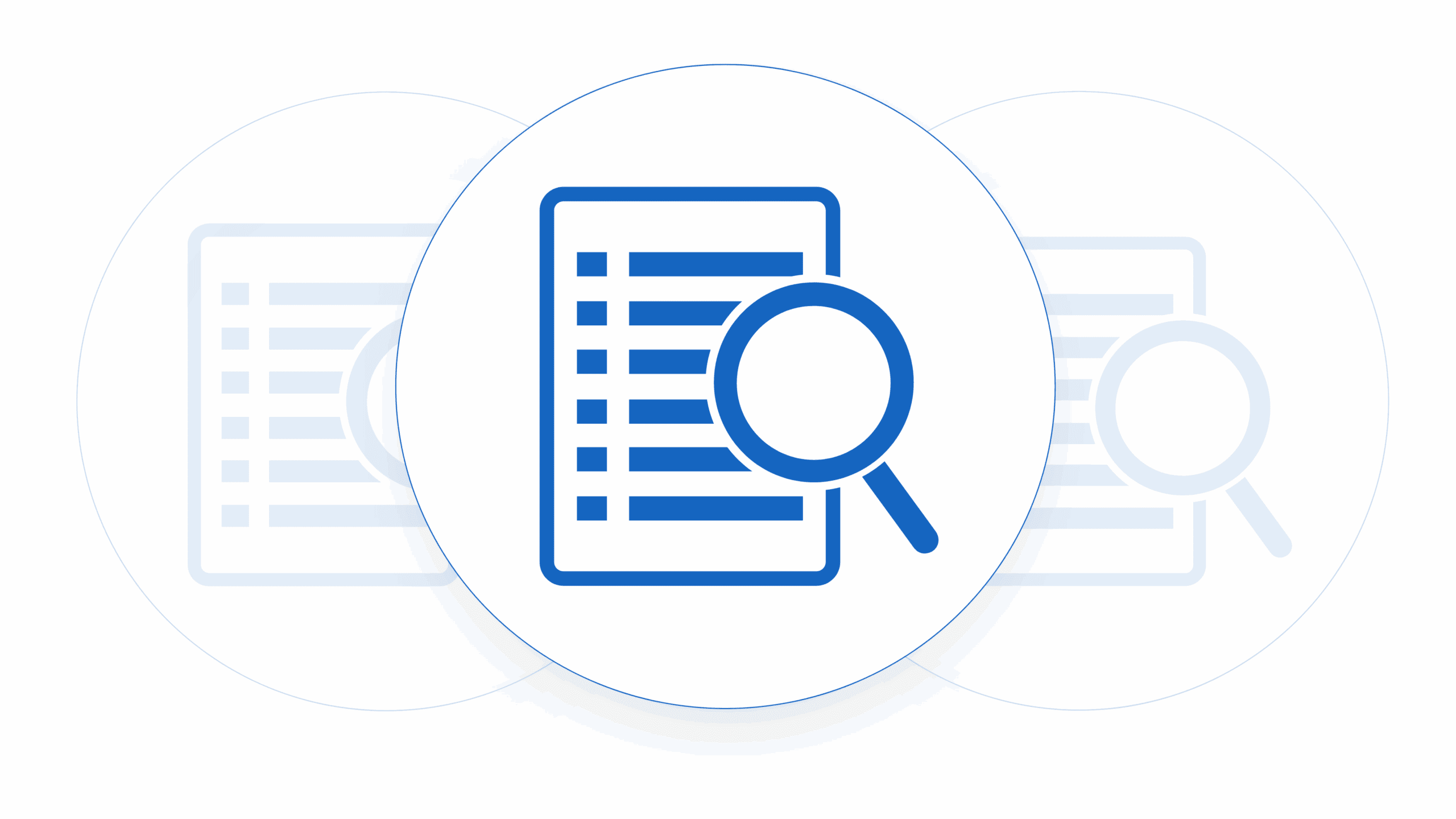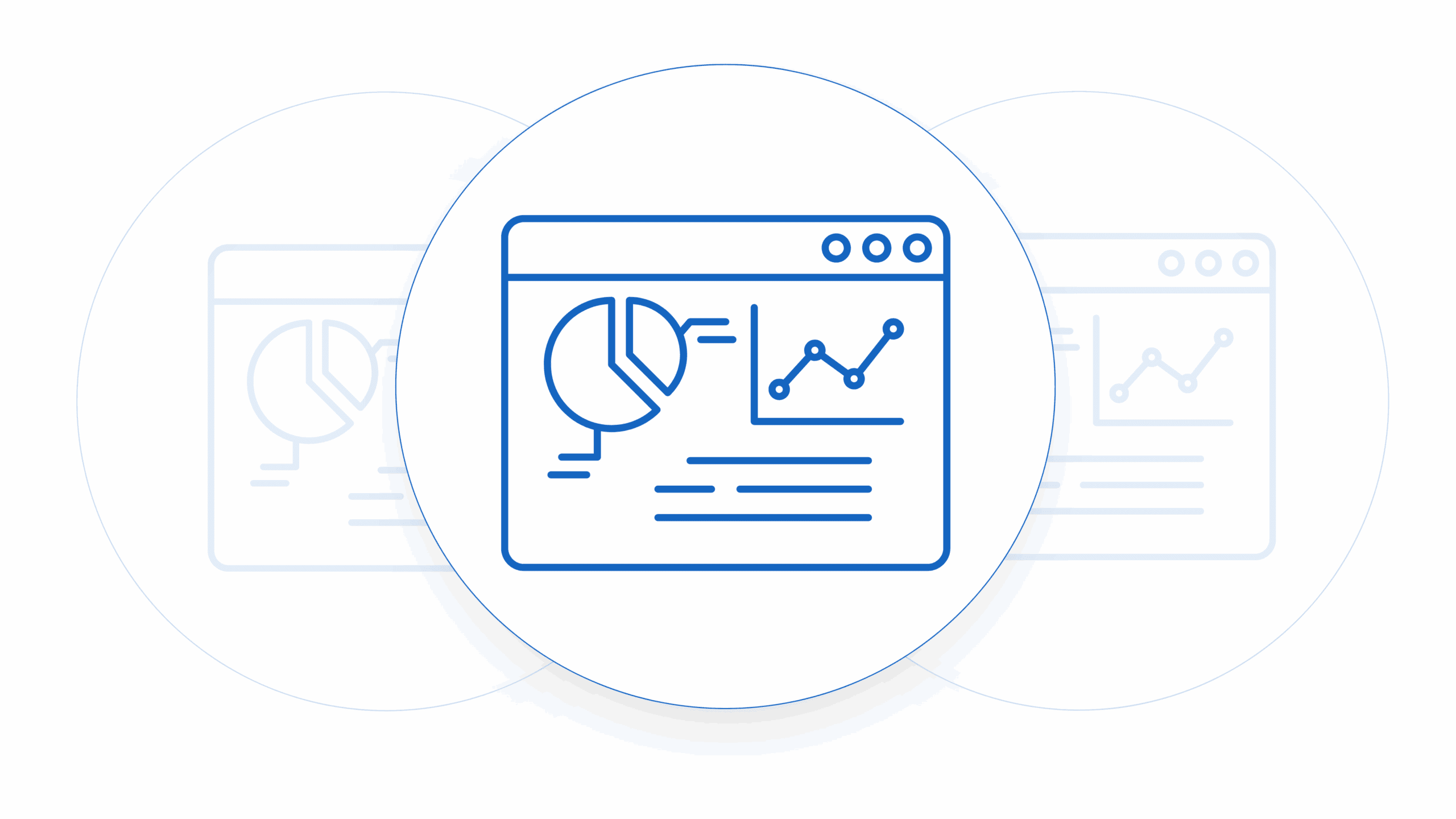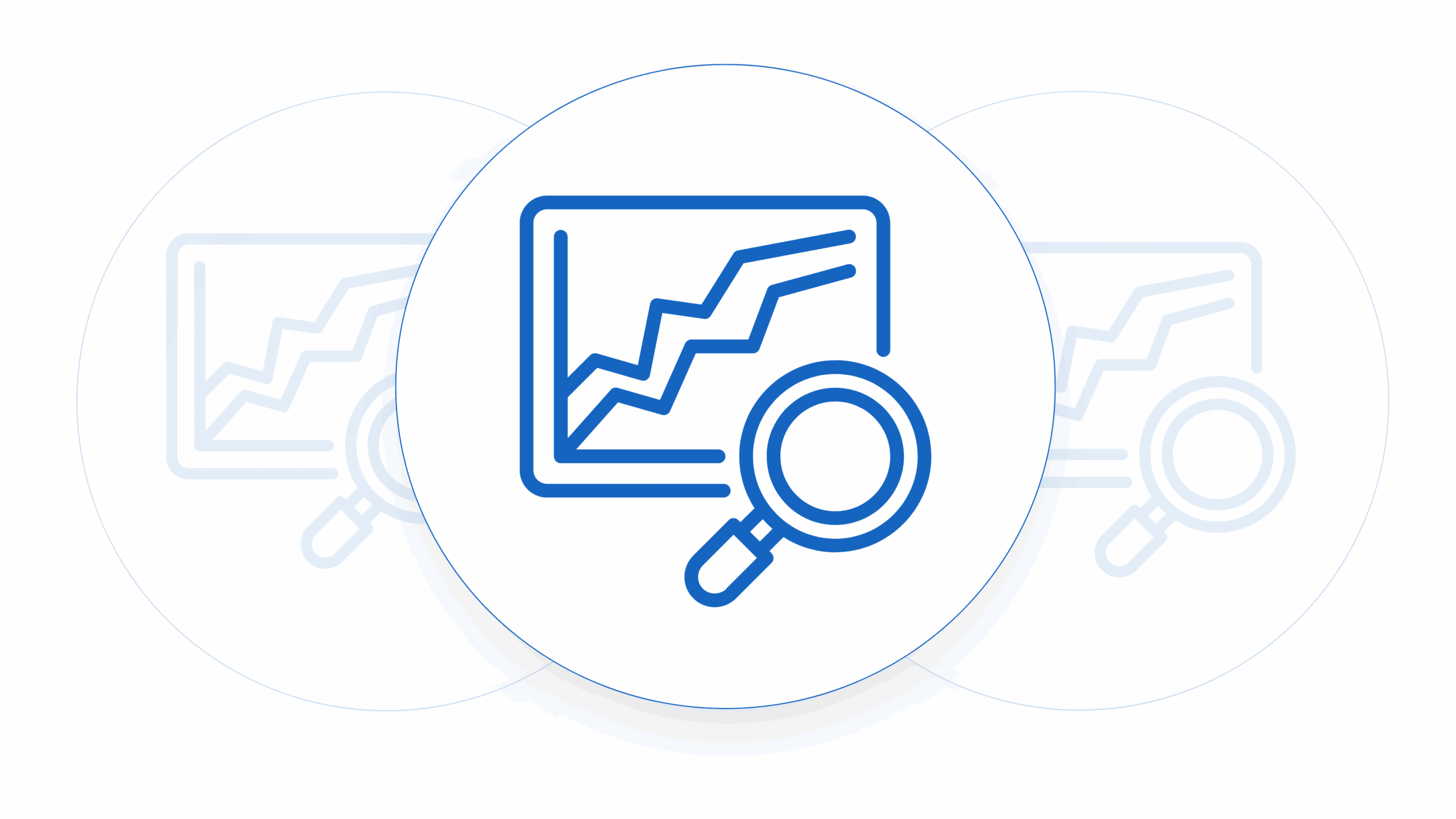SDR and BDR roles are often the first entry for salespeople into the tech world. Learning to be an SDR is about mastering your understanding of the role and how you can add value to a sales team in that role. Generally speaking the core role of an SDR in a sales team is to sift through leads that have come in to find the gold. Your role is to take all of the fresh leads that have been assigned to you, reach out to them, and qualify them as leads.
What does a good SDR look like?
Usually, people who work in these roles are very thick-skinned and personable. They are high-energy roles that take a lot of work to reach out to leads who sometimes do not want to be reached out to. You’ll often get a lot of pushback, unanswered phone calls, and general ‘no I’m not interested’ responses.
To get into an SDR role you need to be a sales-hungry person with the ability to get information out of people in quick and concise ways. Your job will be focused on quickly understanding the needs of a person who signs up for your product and getting them to commit to a demo.
What does a SaaS SDR do when they are successful?
Success comes in the form of Sales Qualified Leads (SQLs) and how the data from leads feeds down to your deal desk and closed won/lost information. These are the pieces of gold that you are searching for while working through the signups for your product. These are the people who fit the buying persona of your business and have the authority and budget to purchase your product. Your role is to ask the right questions to find these people and then book them in for a demo so that you can move them down the sales cycle.
Who do SDRs work with?
SDRs are usually partnered with account executives (more senior salespeople). There is often a ratio of two SDRs to one AE. This is because your role as an SDR is to find leads that are high quality and pass these leads on to the AE in the form of a booked demo. It is the AE’s role to decide whether or not the lead that you have passed on is sales-qualified or not. For this reason, SDRs often earn commission on booked demos with SQLs.
SDR roles are usually structured in a way that will have them spending portions of their time qualifying inbound leads, being the first point of contact for those inbound leads, passing over these leads to account executives, and then working on outbound lead sourcing in their spare time.
To get a firm outline of to question What does a SaaS SDR do, let’s look at a job description of an SDR:
Objectives of an SDR/BDR in SaaS
-
Represent what our startup is selling and the way we want to be seen as problem solvers, starting with a deep understanding of how our product meets the needs of customers
-
Generate leads and work towards building relationships by working with signups and searching for new potential sources of leads
-
Manage the creation of pipeline up until the point that leads are handing over to account executives
-
Have input into creating sales collateral, email sequences, and sales playbooks
Daily and Monthly SDR Responsibilities
-
Utilize a CRM, cold calling, and email to generate new sales opportunities
-
Identify leads pain points and how our product eases or solves them
-
Build deep and working relationships with prospects to use sales methodologies to qualify leads
-
Proactively look for ways to expand your lead pool
-
Set up demo calls for account executives
-
Reporting on results and working with your manager to improve them regularly
This will be the general structure of most SDR roles. A lot of the focus is on your ability to qualify leads and build a pipeline that can then be closed by more senior members of the sales team. In the next lesson, we’ll look at the salary and commission structures of stars.
How do SDRs work with the sales team?
What does a SaaS SDR do when it comes to the wider sales team? SDRs are the gateway to sales. They are the initial point of contact when leads sign up for your product via inbound marketing and they are also the initial point of contact when you start your outbound sales efforts. So how does an SDR work with the rest of the sales team?
Inbound Leads
Inbound leads are leads that sign up for your product to trial it or request a demo, either from an online form, emailing you, or calling you. These are considered warm leads are they have buyers’ intent and are already searching for a solution to the problem they have. SDRs qualify these leads as they come in and get these leads to the point that they have a demo booked with an account executive. But there is a lot more that SDRs do to work with other people in the team to improve the process.
SDR’s working with product team
In a product lead growth company, it is important to have feedback constantly flowing to the product team and the product team actioning this to enable the rest of the team. When this comes to SDRs, whose main role is to qualify leads, SDRs should be providing feedback to the product team on what information can be captured about the lead during the signup process that will aid that qualification process. This might be company size, location, or even job title.
SDR’s working with marketing
The qualification process that SDR’s action should be feedback on the actions that marketing is taking to acquire leads. There should be constant analysis to understand which channels of lead acquisition are bringing in high-quality leads and which are not.
SDR’s working with AE’s
The relationship between these two is very close. SDRs are setting up leads to pass to AE’s and therefore they need to work closely in the handover of leads to ensure relationships are maintained and the information about the product given to the lead is consistent.
Outbound Leads
When there aren’t enough inbound leads to fuel your growth needs outbound leads are where you turn. This is one of the core roles of SDRs to push growth. What does a SaaS SDR do when it comes to outbound? SDRs need to gather lists of outbound emails and vet these to ensure they are legitimate emails before starting their outbound efforts. Although outbound is a core SDR role they should also work closely with Rev Ops.
SDR’s working with Rev Ops, Deal Desk and Marketing
SDRs need to work with the teams that manage the company’s CRM system when doing outbound sales. This is because outbound sales involve uploading hundreds of email addresses into your CRM of people who often have no buyer intent. What’s the result of this? Usually, a CRM is a complete mess.
SDRs should work with the teams managing the CRM to ensure that all contact imports are marked as Outbound as their source if not even more granular than this.
This work is very important when deals get to the deal desk stage and information of what has worked and what hasn’t gets feedback to the senior leadership team.
Overall the SDR/BDR role is one that, if structured well, will help the rest of your business make the right decisions for marketing and attribution of capital.












